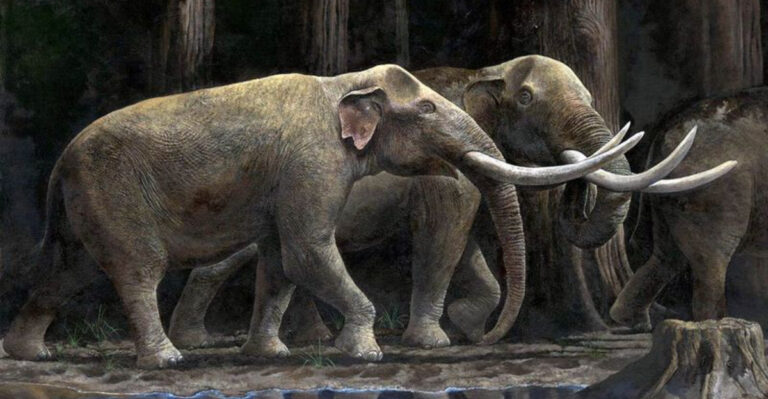15 U.S. States Where Wolves Are Slowly Making A Comeback
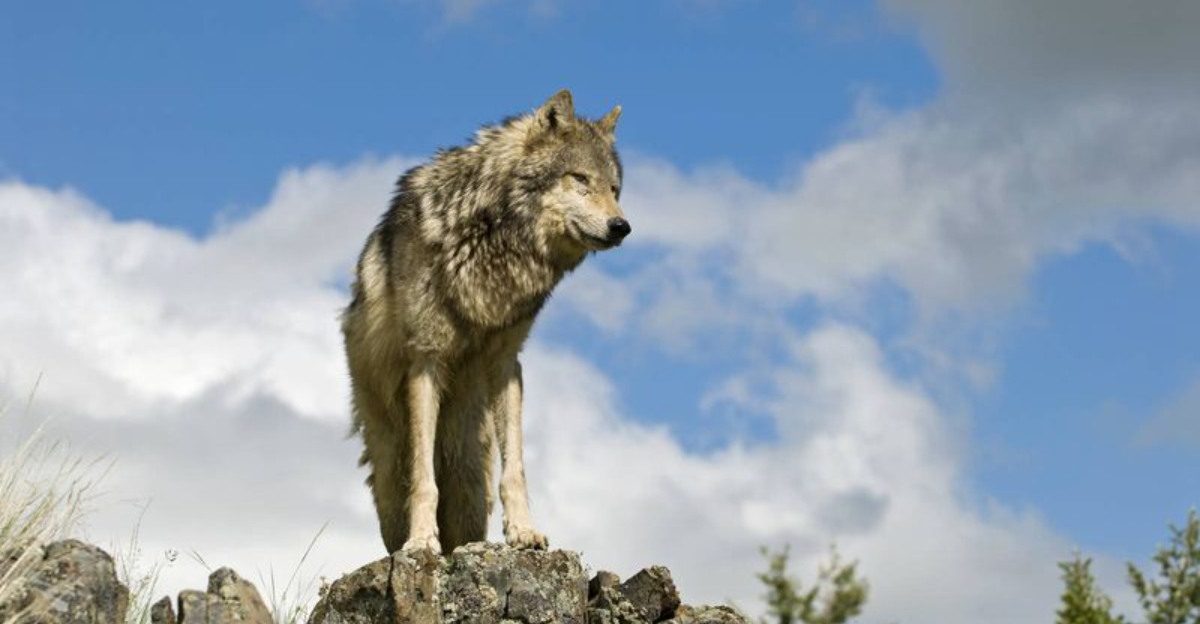
Once nearly wiped out across America, wolves are staging a remarkable comeback in several states. These magnificent predators help maintain healthy ecosystems by controlling deer and elk populations.
Their return marks a conservation success story that’s still unfolding, though not without controversy as ranchers, conservationists, and wildlife managers work to find balance.
1. Idaho
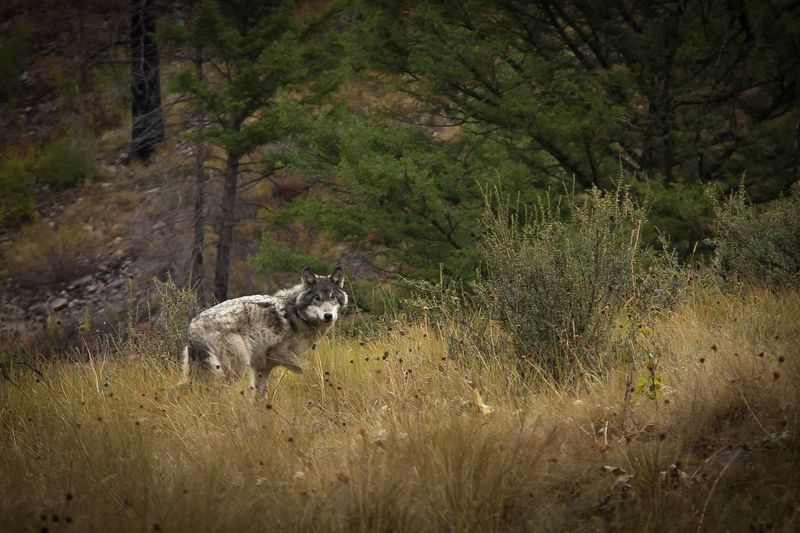
Gray wolves roam freely across Idaho’s rugged Sawtooth and Bitterroot mountains after being reintroduced in the 1990s.
Their population has grown to over 1,500 wolves, creating both ecological benefits and management challenges. Local ranchers have developed innovative non-lethal deterrents while conservationists celebrate the restoration of natural predator-prey relationships.
2. Montana

Wolves thrive in Montana’s varied landscape of forests, mountains, and prairies. From Glacier National Park to the Greater Yellowstone Ecosystem, these adaptable predators have established approximately 150 packs throughout the state.
Montana’s wolf management balances conservation with ranching interests through education programs and compensation funds for livestock losses.
3. Wyoming
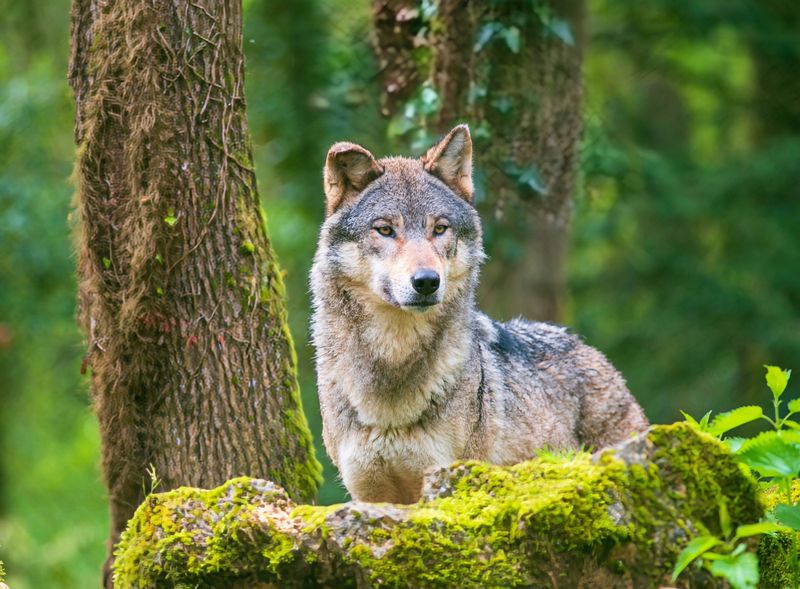
Yellowstone National Park’s 1995 wolf reintroduction transformed the ecosystem in ways scientists never fully anticipated.
Elk herds became more mobile, allowing riverside vegetation to recover, which in turn brought back beavers and songbirds. This ecological cascade demonstrates how a single species can reshape entire landscapes. Wyoming now hosts about 300 wolves across the state.
4. Washington

Washington’s wolf recovery focuses on community engagement. Rangers work with ranchers to implement range riders, guard dogs, and other tools that prevent livestock predation.
From just one pack in 2008, Washington now boasts over 30 packs mainly in the northeastern counties and Cascade Mountains. Indigenous tribes like the Colville play crucial roles in wolf conservation efforts.
5. Oregon
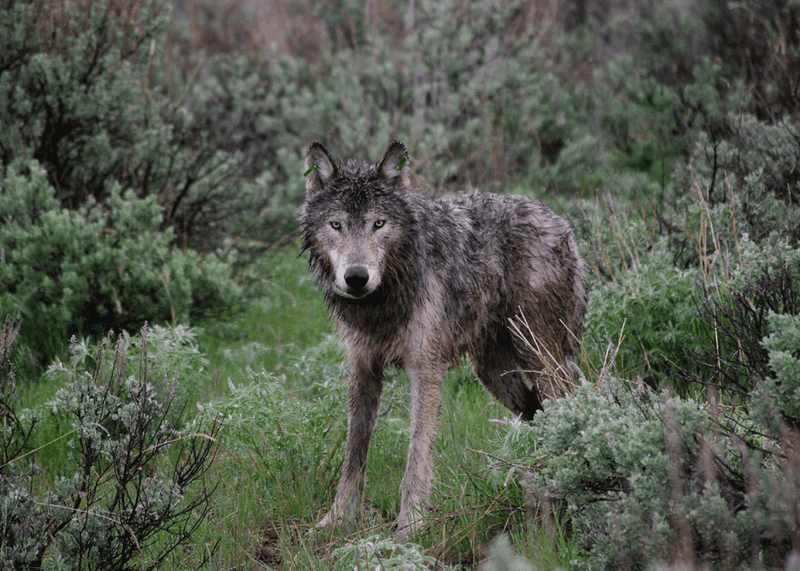
OR-7, nicknamed “Journey,” captivated Oregonians when he traveled over 1,000 miles across the state in 2011, becoming the first wolf in western Oregon since 1947. His epic trek symbolizes the species’ remarkable recovery.
Today, wolves occupy the eastern forests and are steadily moving westward. Oregon’s collaborative approach includes stakeholder groups that develop locally-tailored management solutions.
6. Wisconsin
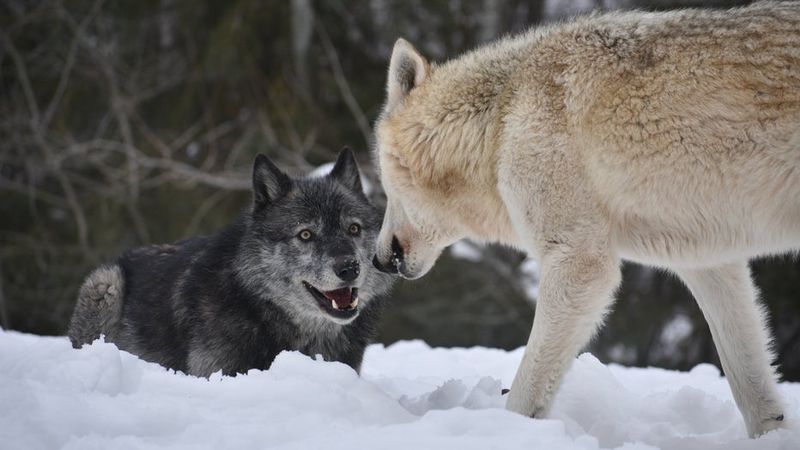
Wisconsin’s wolf population rebounded from just a handful in the 1970s to more than 1,000 today. The dense northern forests provide ideal habitat, with white-tailed deer offering abundant prey.
Citizen monitoring programs engage volunteers in tracking wolf movements through snow prints and howl surveys. This public participation has fostered greater appreciation for these misunderstood predators.
7. Minnesota
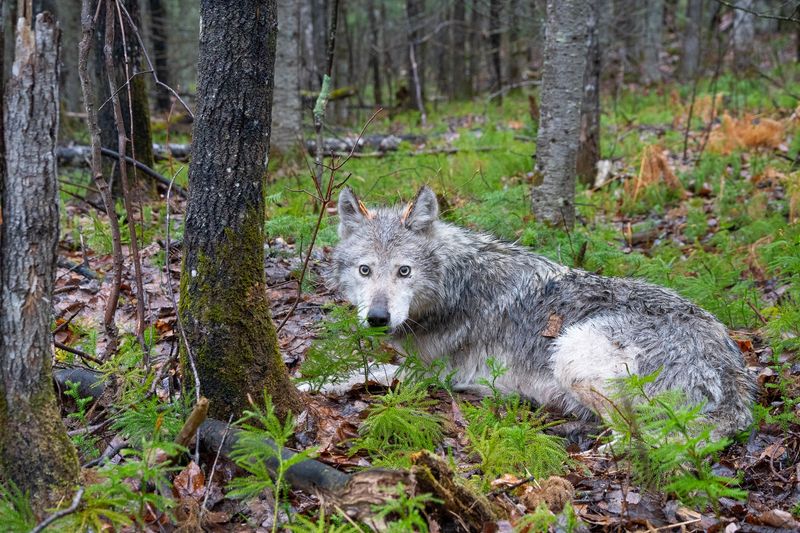
Minnesota never completely lost its wolves, making it unique among lower 48 states. The Superior National Forest and Boundary Waters region harbor the largest population east of the Mississippi – approximately 2,700 wolves.
Research from the International Wolf Center in Ely provides valuable insights into pack behavior and ecology. Minnesota’s wolves have become symbols of wilderness preservation.
8. Michigan
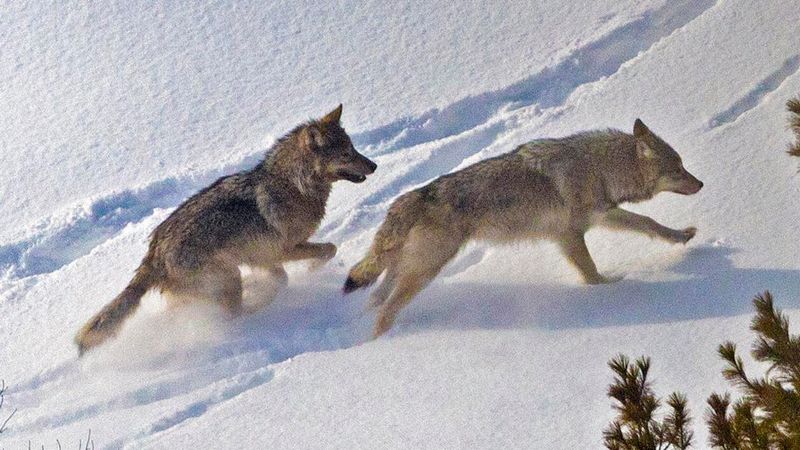
Michigan’s Upper Peninsula hosts growing wolf populations, but Isle Royale National Park offers a fascinating case study. The isolated island’s wolf-moose relationship has been studied continuously since 1958 – the world’s longest predator-prey research project.
When inbreeding nearly eliminated the island’s wolves, scientists introduced new wolves in 2018, providing a second chance for this unique ecosystem.
9. Colorado
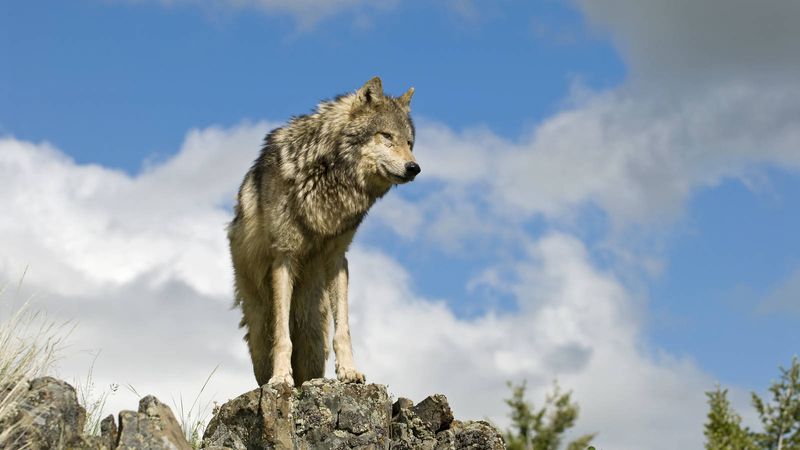
Colorado made history in 2020 when voters approved a wolf reintroduction initiative – the first time citizens rather than government agencies mandated wolf restoration. The first wolves were released in December 2023 amid celebration and controversy. Biologists carefully monitor these pioneers as they establish territories in the state’s western mountains, writing a new chapter in American conservation.
10. North Carolina
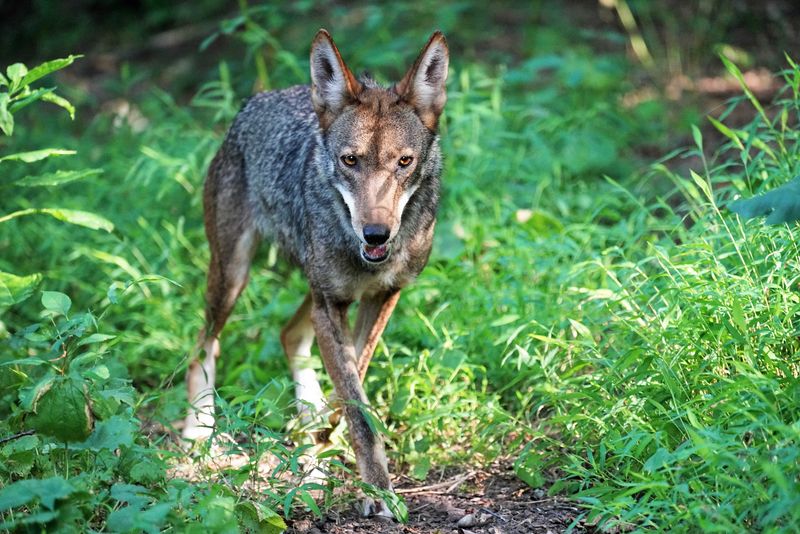
The critically endangered red wolf finds sanctuary in North Carolina’s Alligator River National Wildlife Refuge. Unlike gray wolves elsewhere, these russet-colored canids are native to the Southeast and nearly vanished completely.
Intensive captive breeding programs and release efforts have established a tenuous wild population of about 20 animals. Biologists use innovative techniques including foster parenting to boost their numbers.
11. Arizona
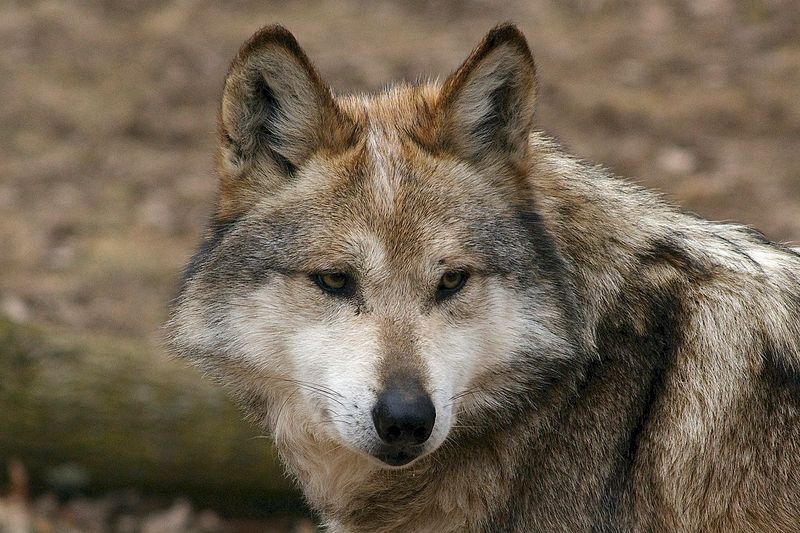
Mexican gray wolves – the smallest and most endangered wolf subspecies – are making a tenuous comeback in Arizona’s high desert and mountain woodlands. Nicknamed “lobos,” these wolves face unique challenges in arid environments.
Cross-fostering programs place captive-born pups in wild dens to boost genetic diversity. Despite intense controversy, around 40 packs now roam the Apache-Sitgreaves National Forests.
12. New Mexico
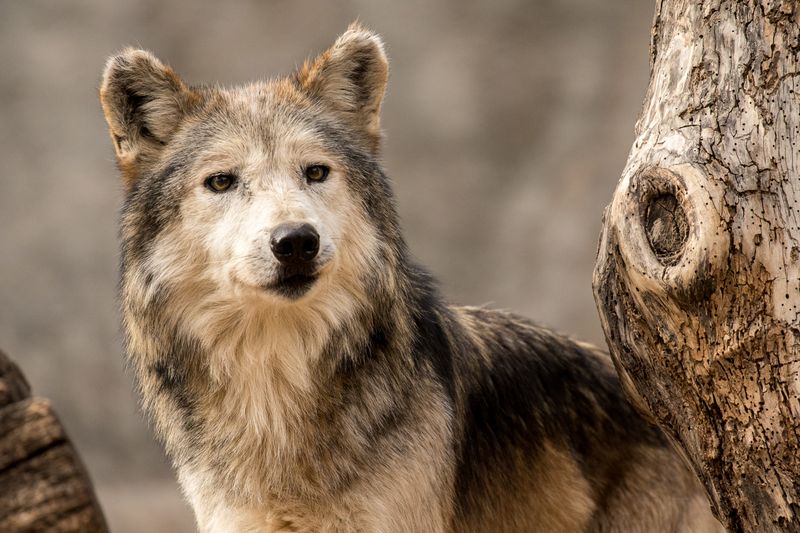
New Mexico’s Gila National Forest provides crucial habitat for Mexican gray wolves. Ancient petroglyphs throughout the region depict wolves, demonstrating their historical importance to indigenous cultures.
Innovative programs engage ranchers in conflict reduction through range riders and compensation programs. Tribal partnerships enhance conservation efforts as wolves reclaim their ancestral hunting grounds across the state’s southwestern mountains.
13. California
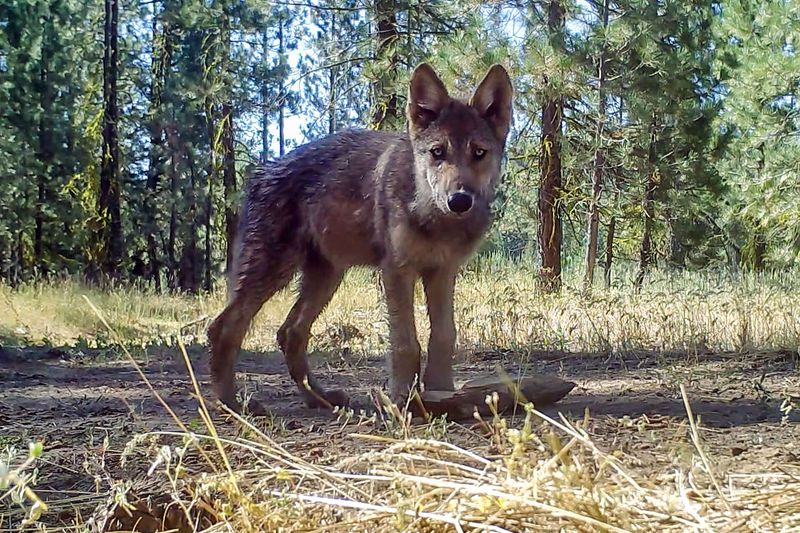
California celebrated when a lone wolf named OR-7 crossed from Oregon in 2011 – the first confirmed wolf in California since 1924. By 2015, the Shasta Pack formed, followed by the successful Lassen Pack.
Though numbering fewer than 20 animals, California’s wolves represent a remarkable natural recolonization. The state’s wolf management emphasizes non-lethal strategies and careful monitoring through camera traps and DNA analysis.
14. Utah
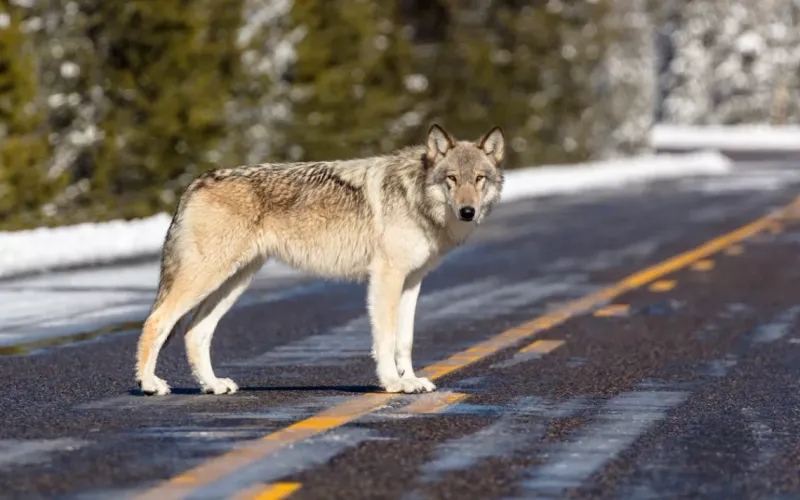
Utah’s wolf recovery happens without formal reintroduction programs. Wolves naturally disperse from Idaho and Wyoming packs, with confirmed sightings increasing in northern Utah’s remote mountains.
The state’s Wolf Management Plan prepares for eventual pack establishment while addressing stakeholder concerns. Utah’s rugged Uinta Mountains and Book Cliffs regions offer promising habitat for these pioneering canids.
15. North Dakota
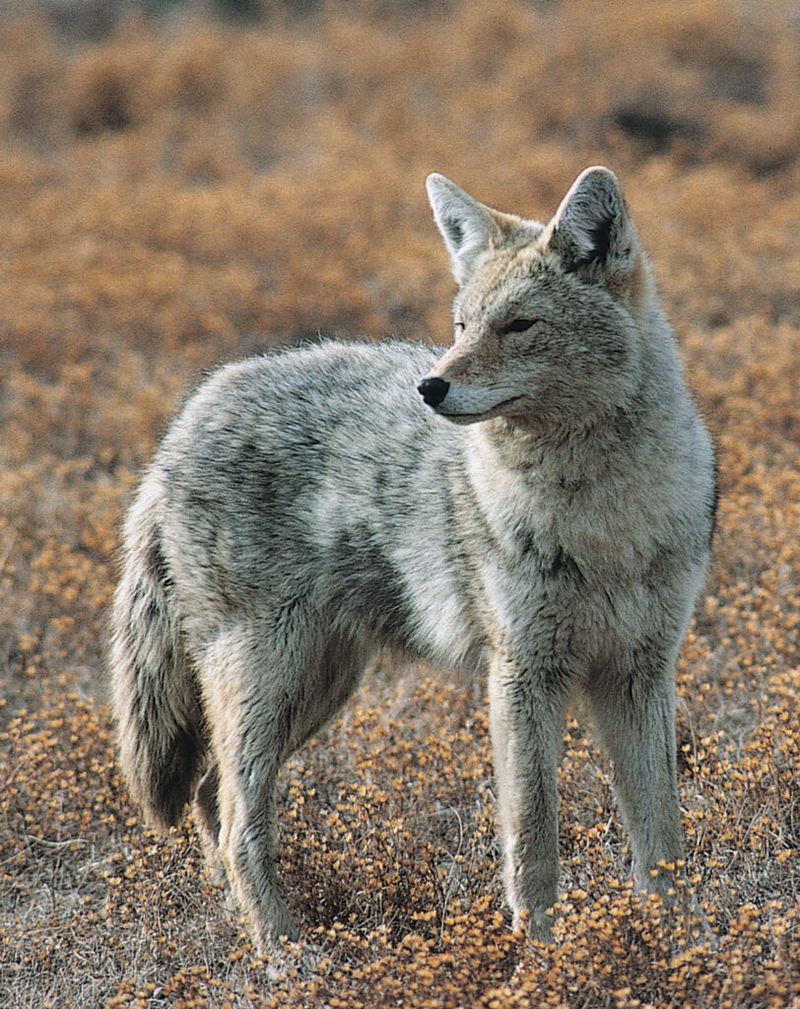
North Dakota’s wolves primarily migrate from Minnesota’s populations, establishing territories in the state’s northeastern forests. Game cameras occasionally capture images of wolves in the Pembina Gorge and Turtle Mountains.
Though no established breeding packs exist yet, increasing sightings suggest natural recolonization is underway. The Missouri River corridor provides natural pathways for wolves exploring new territory.





